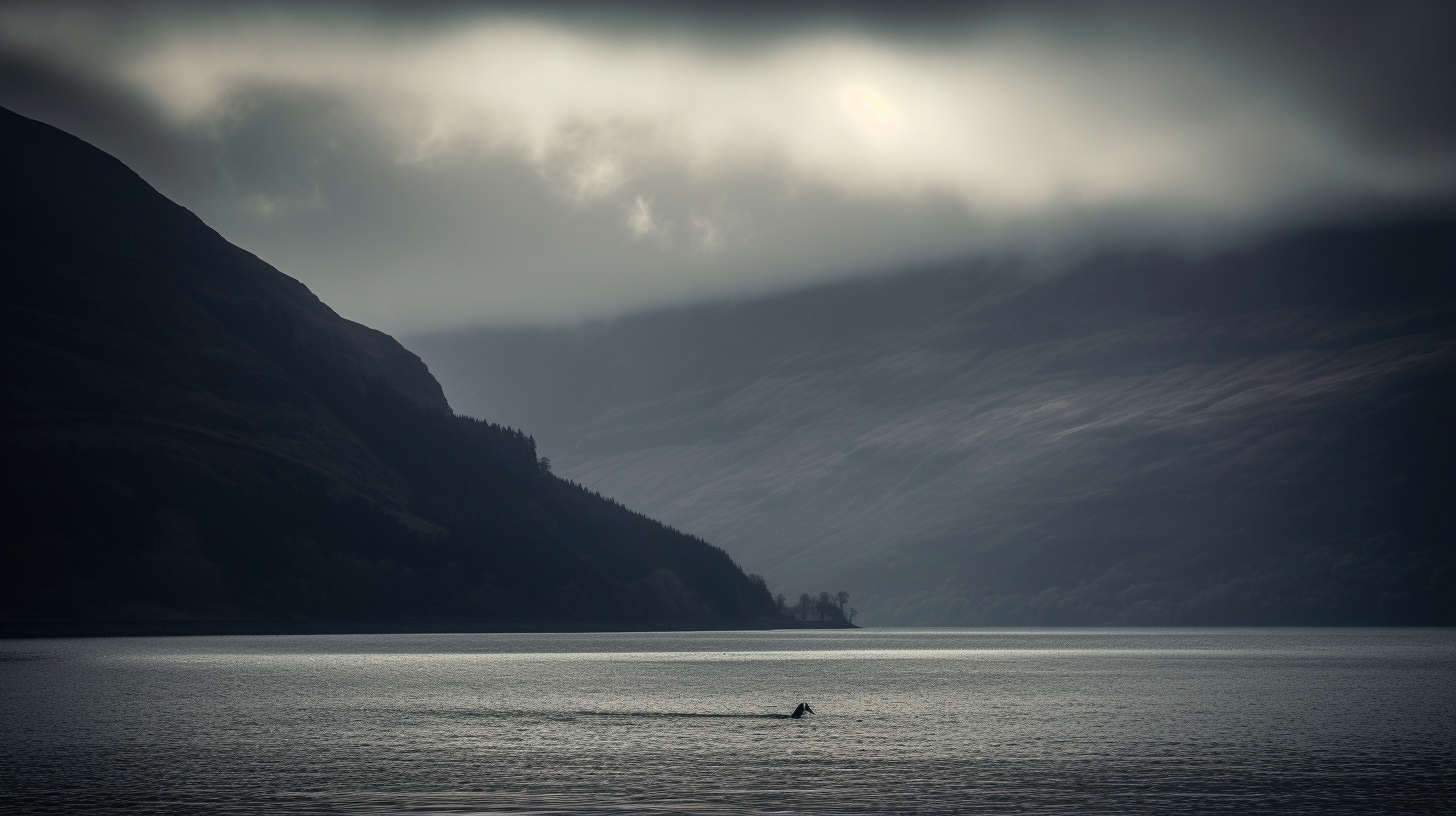Nestled in the Scottish Highlands, Loch Ness has long been the source of fascination and intrigue, largely due to the legend of the Loch Ness Monster. Affectionately known as Nessie, this mysterious creature has become synonymous with the loch, capturing the imagination of millions and inspiring countless tales of sightings and encounters.
The first reported sighting of the Loch Ness Monster dates back to the 6th century when Saint Columba, an Irish monk, allegedly encountered a creature in the loch while attempting to convert the Picts to Christianity. However, it wasn’t until the 1930s that Nessie gained international attention, following a series of high-profile sightings and the publication of an infamous photograph known as the “Surgeon’s Photo.”
Since then, the Loch Ness Monster has become a cultural phenomenon, spawning a thriving tourist industry, numerous books, films, and television programs, and endless debate among believers and skeptics alike.
Over the years, there have been countless attempts to prove or disprove the existence of Nessie. In the 1960s and 70s, a series of underwater investigations known as the Loch Ness Phenomena Investigation Bureau (LNPIB) were conducted, using sonar technology and underwater cameras to search for evidence of the creature. While the LNPIB uncovered several intriguing sonar contacts, no definitive proof was found.
In more recent years, scientists have turned to environmental DNA (eDNA) sampling to explore the biodiversity of Loch Ness and search for any signs of an unknown creature. In 2018, a team of international researchers collected over 200 water samples from various depths of the loch, analyzing the eDNA within to identify the species present. While the study did not reveal any evidence of a large, unknown creature, it did uncover a surprisingly high level of eel DNA, leading some to speculate that Nessie might be an abnormally large eel.
Despite the lack of concrete evidence, sightings of the Loch Ness Monster continue to this day, with witnesses describing a variety of shapes and sizes, from long-necked creatures reminiscent of plesiosaurs to more serpentine forms. Some theories suggest that Nessie could be a relic population of prehistoric marine reptiles, while others propose that the creature is a misidentified known animal or simply a case of mistaken identity fueled by vivid imaginations and the power of suggestion.
The Legend of the Loch Ness Behemoth continues to captivate and mystify, serving as a testament to the enduring appeal of unexplained mysteries and the human desire to believe in the unknown. As the debate surrounding Nessie’s existence rages on, one thing is certain: the Loch Ness Monster has secured its place in the annals of history as one of the world’s most famous and enigmatic cryptids. Whether fact or folklore, Nessie’s legend will undoubtedly endure for generations to come, a reminder of the enduring allure of the mysteries that lie beneath the surface of our world.




